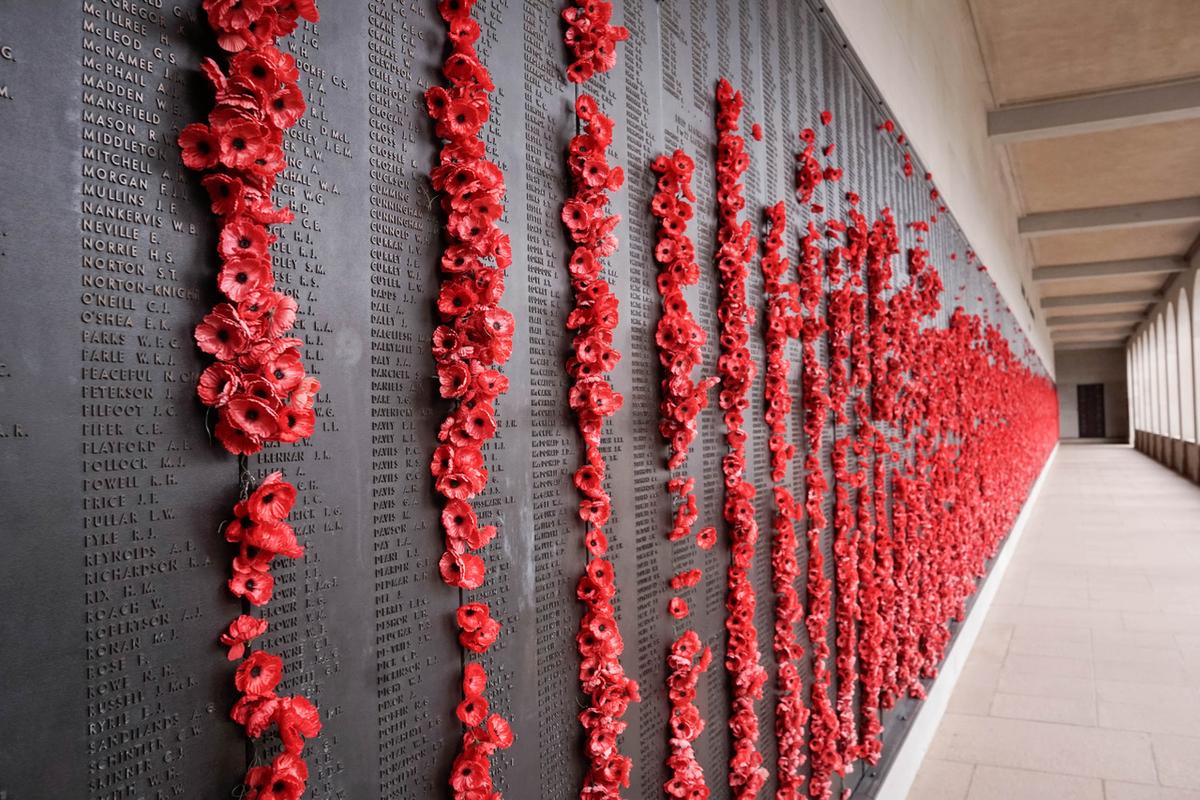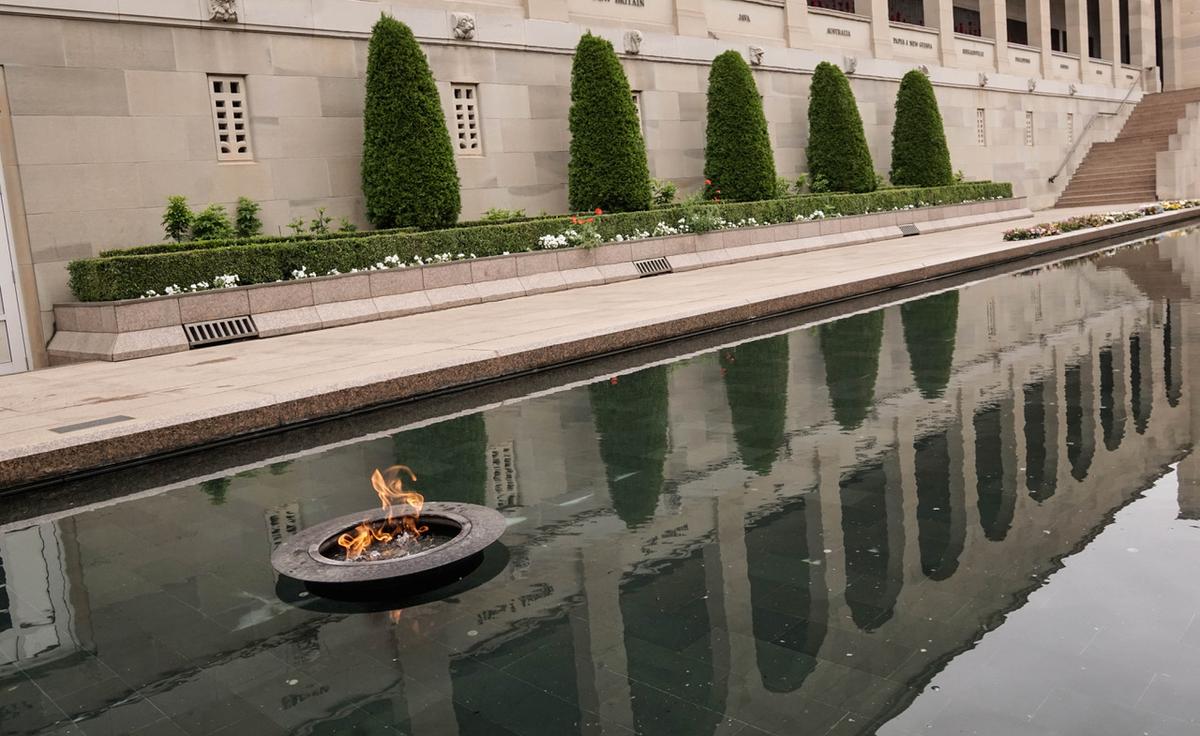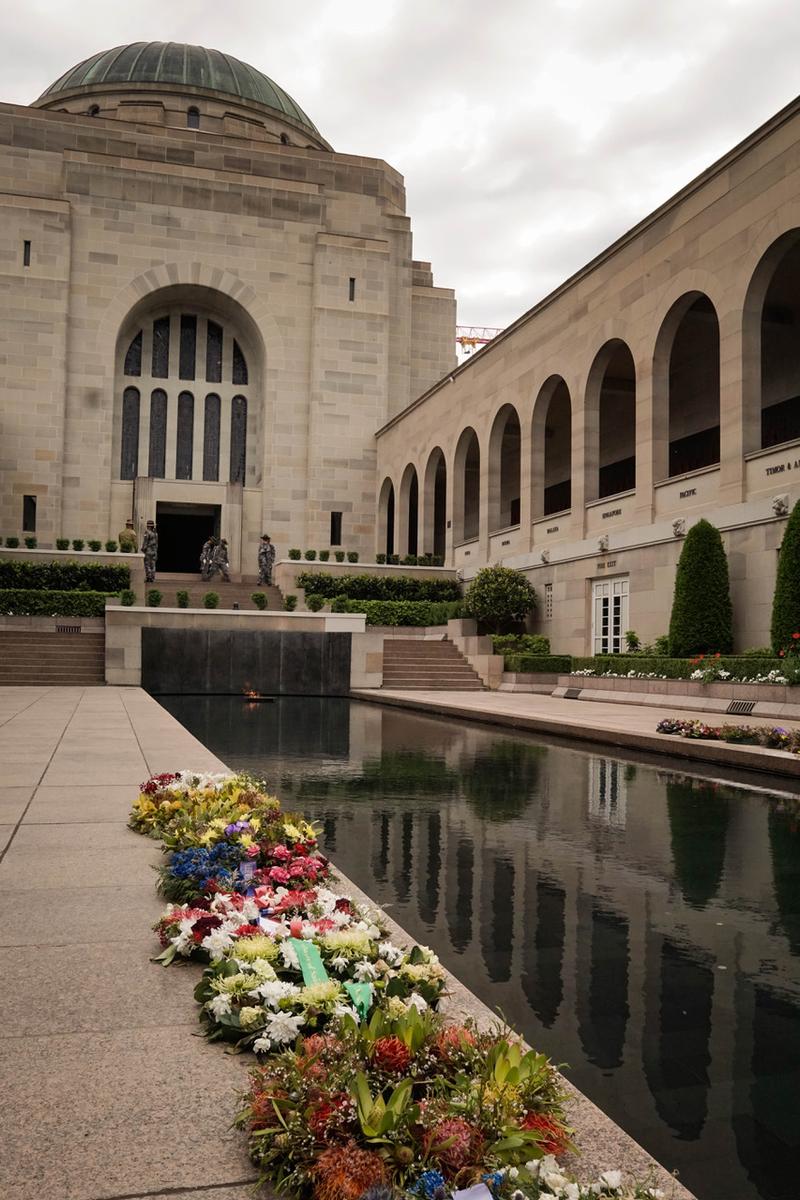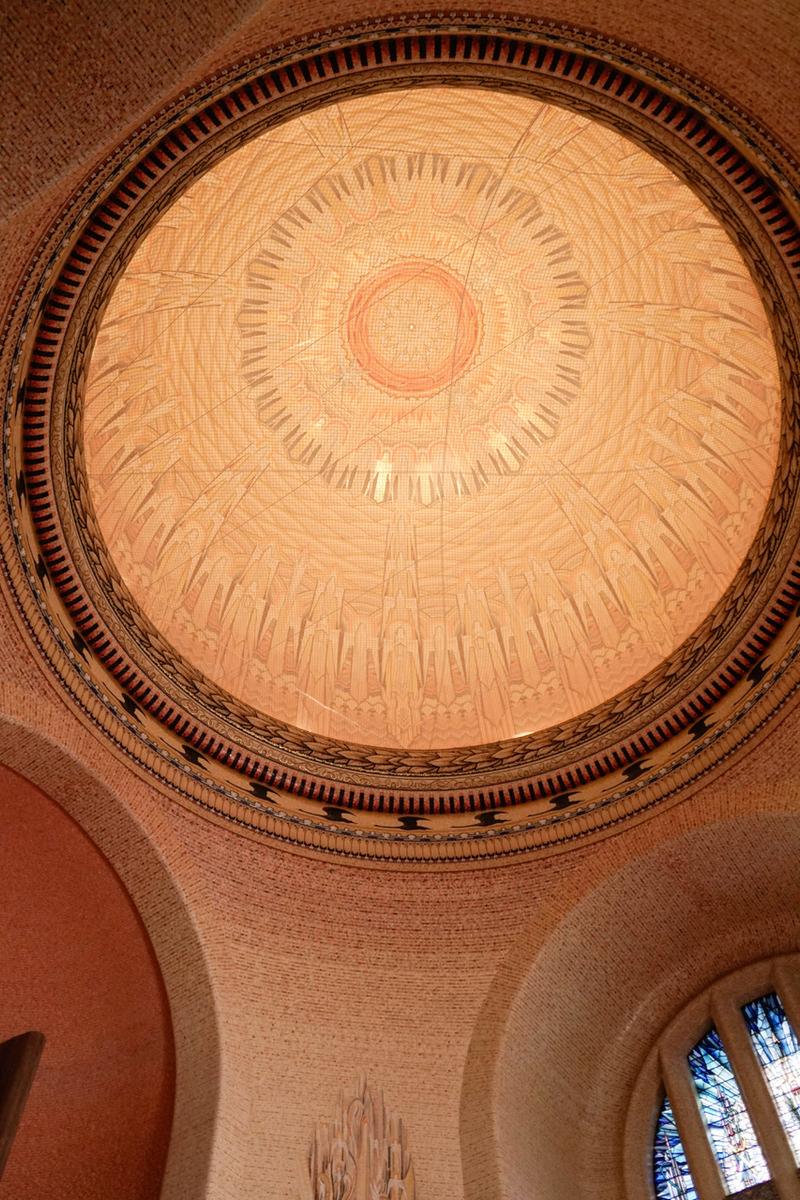Year 6 Canberra Trip

Year 6 Canberra Trip
The Australian War Memorial by Isaac Towns
The Australian War Memorial was under renovation when we arrived, and it was not open to public. The massive arched dome in the centre looked far away when we stepped out onto the concrete path. Four eucalyptus trees surrounded a beautiful fountain that trickled clear water all around. As we headed to inside the massive building, I noticed quotes on the walls. They said things like, “here we guard the memories” or “we will remember them”.
It was solemn and quiet inside. Some screens or sculptures in the vast black space emitted noises, like soldiers talking to on another. We were lead into a room with a big, black screen, where we watched a video on how to act whilst in the war memorial, before splitting into two groups.
My group went to a plane, a small, but real plane that a man flew in one of the world wars. As we walked through the rooms I saw tanks, motor bikes, and sculptures with voices of real people who went to war. We saw an engine, the only part left of a plane that exploded leaving no survivors. We learnt about the war camps, the Japanese prison, and a man that was held there until the war ended.
We eventually came outside into a square in the middle of the memorial, where there was a fountain with a flame burning in the centre that could never go out. “The Eternal Flame”. As we watched a group of ceremonial soldiers practice their ANZAC day march, and their Remembrance Day march, we saw two long walls listed with all the names of Australian soldiers, who fought and died in the world wars. There were so many poppies in each name, it was hard to read them. I tried to find someone related to me amongst the names. There were too many names to even begin to look.
Then we came into the domed roof building, in the centre of the memorial. It was the most beautiful thing I had ever seen. Stained glass windows flooded the room with colourful light, and the high walls lead to the domed roof, which was a light blue colour, so high it seemed like the sky. At the end of the round room stood four pillars, one wooden, one stone, one marble and one copper. They represent earth, air, water and fire. And in the middle of the room was a small rectangle in the floor, in the shape of the coffin. Flowers were scattered all over the engraved words in the floor, “They shall grow not old, as we that are left grow old; Age shall not weary them, nor the years condemn. We will remember them.”
When we left the Australian War Memorial, it felt to me as if that place holds something precious. The memorial was a place of remembrance, and when I was in it, it felt as if those stone walls could keep me there forever, looking at the paintings, the sculptures, and hearing stories about my Aboriginal and British ancestors who fought in the war to make Australia a place where I am free to live today. My absolute favourite part of the Canberra trip, even though it was saddening, was going to the Australian War Memorial. I hope someday I will be able to go again.
“They shall grow not old, as we that are left grow old; Age shall not weary them, nor the years condemn. We will remember them.”
Our Grade 6 students were given the opportunity to participate in a variety of educational programs with a focus on Australia’s history, culture, heritage and democracy which was financially subsidised by the Australian Government.
The Australian Government recognises the importance of all young Australians being able to visit the national capital as part of their Civics and Citizenship education. To assist families in meeting the cost of the excursion the Australian Government contributed funding of $300 per student under the Parliament and Civics Education Rebate program towards those costs. The rebate is paid directly to the College upon completion of the excursion as has been applied against the cost for each student for this trip.
For many of our students, this was a once in a lifetime experience, and we are grateful for the support of the Australian Government for subsidising the costs and especially our Grade 6 families for valuing and investing in this experience for your children.






